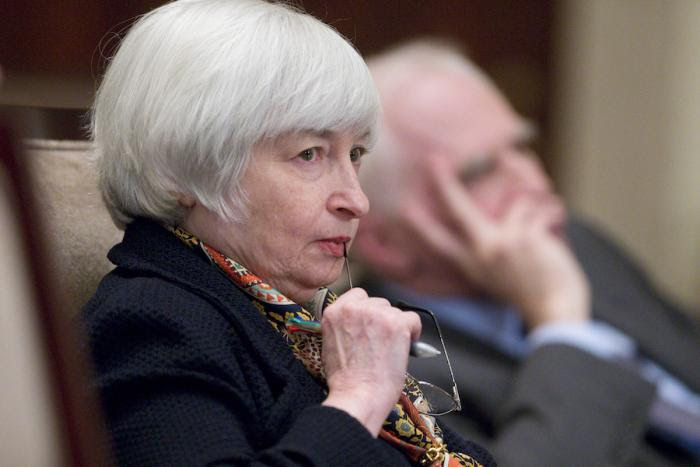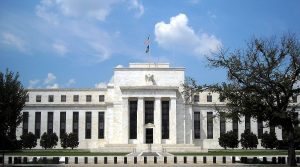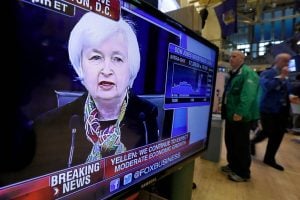
Central banking is “in a brave new world,” said a Fed representative as the institution considers both old and radical new tools to drive the US economy in the coming decades.
Conditions Right for a Fed Hike

In the Federal Reserve’s potential toolkit is a much-anticipated interest rate hike, the first for 2016 – but also newly-mooted strategies like raising inflation targets or even buying private corporate debt alongside its government bond holdings.
A solid US labor market set the conditions for an interest rate increase as early as next month if the economy continues to strengthen, said Federal Reserve Chair Janet Yellen.
The statements come as the Fed meets for its annual symposium in Jackson Hole, Wyoming, where it traditionally takes an overview of the US economy’s current state and discusses policy initiatives to spur or manage growth.
Rate Hikes a Sign of Confidence
An interest rate hike, even if small, is seen as a sign of confidence the economy will grow. Increasing borrowing costs signals the Fed would like to see economic activity cool slightly while dropping rates to ever-lower levels is seen as desperate measures.
Although more interest rate increases have been predicted since the Fed last hiked rates from 0.25% to a modest 0.5% in December 2015, none have eventuated so far. Even if next month’s increase does take place, it would likely be the last for a while – perhaps a year or more.
But Would the Public Accept It?
 Broadening the Federal Reserve’s role in managing the economy would likely need extra approval from Congress and would, therefore, be subject to scrutiny by a skeptical public.
Broadening the Federal Reserve’s role in managing the economy would likely need extra approval from Congress and would, therefore, be subject to scrutiny by a skeptical public.
Already the Fed’s measures to save the US (and the world) from the effects of last decade’s global financial crisis have been seen as drastic or reckless by some lawmakers and economists. These have famously included increasing the Fed’s balance sheet to $4.5 trillion as part of a “quantitative easing” plan that involved large-scale buying of government bonds.
Atlanta Fed President Dennis Lockhart told reporters at the three-day symposium that while the central bank had intended to let its debt holdings shrink gradually over time, legislators were starting to accept that a large balance sheet was now a longer-term proposition.
Even More Radical Suggestions
 Some anti-Fed activists, of which there are many in Austrian economic theory and cryptocurrency circles, would balk at plans to buy up private debt even if the economy was growing enough to increase interest rates.
Some anti-Fed activists, of which there are many in Austrian economic theory and cryptocurrency circles, would balk at plans to buy up private debt even if the economy was growing enough to increase interest rates.
The symposium, however, was willing to discuss even more radical changes to the Fed’s role in future – including abandoning monetary policy altogether and urging runaway deficit spending.
Although these latter two proposals would likely cause Austrians to shriek (and Bitcoin price boosters to rejoice), most policy makers including Yellen herself agreed they were just brainstorming. The Fed’s traditional methods of cutting interest rates, buying bonds and speculating on future rate increases were adequate for now.
